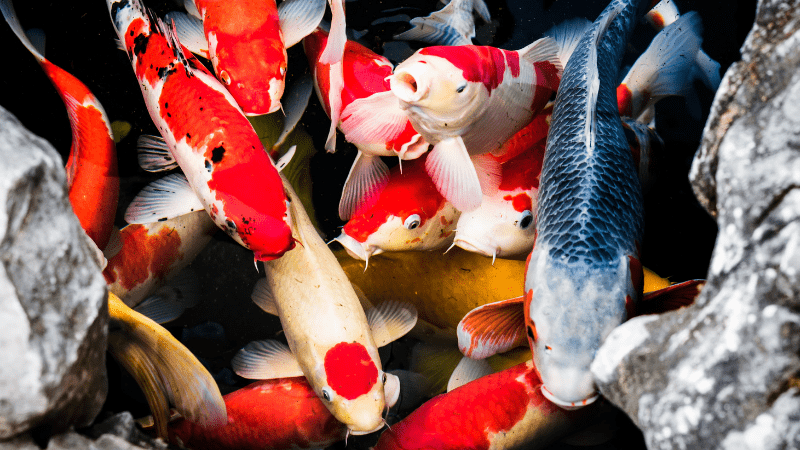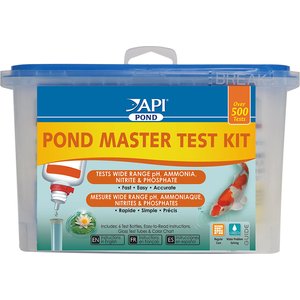How Long Do Koi Live in a Pond? (Plus, Tips to Improve Lifespan)
Pond Academy is reader-supported. Buying through links on our site may earn us an affiliate commission. As an Amazon Associate I earn from qualifying purchases.
What is the average life expectancy of a koi fish?
This is a question that many koi owners ask themselves, and for good reason. Koi fish are large, beautiful animals that can live in ponds for decades if given the right care.
There are many factors to take into consideration when trying to answer this question, such as how they're cared for, their environment, and what type of food they eat.
In this article, we will discuss how long your koi fish can live in your pond and how to improve their lifespan!
How Long Do Koi Carp Live in a Pond?

Koi can live to be over 100 years old, but they typically live for 20-30 years with proper care.
Even though genetics may be a major deciding factor in the life expectancy of your koi carp, providing high-quality care, nutrition, and pond maintenance can make all the difference.
Get Our Best Pond Tips Sent to Your Inbox for Free!
Join thousands of others and learn from our decades of pond building and maintenance experience! Your pond will thank you!
By subscribing you agree to receive emails from PondAcademy.com. We will always respect your privacy and you can unsubscribe at any time.
How to Improve the Lifespan of Koi
As mentioned above, genetics are the major contributing factor in how old koi will typically live. And buying your fish from a high-quality, reputable breeder like Next Day Koi will ensure you get the healthiest genetic lines.
However, proper care and pond maintenance does make a sizeable difference as water quality, nutrition and safety play crucial roles in determining the longevity of these colorful creatures.
Water Quality
The first step to improving koi’s lifespan is ensuring the quality of water they live in is at its highest!
Keep the pH of your koi pond at a stable level between 7 and 8. If you have rapid swings in pH, it can be dangerous to both koi and goldfish.
You should also monitor the levels of ammonia and nitrate in your pond water using a water quality testing kit.
Nitrates are harmless to koi fish, but ammonia and nitrite levels should be kept as low as possible. There are a few ways to do this: use proper filtration (which we’ll get to below), don’t overfeed your fish, and slowly introduce your koi to your pond.
Proper Nutrition
While technically you don't have to feed koi fish in a pond if you have the right environment, a diet of high-quality fish food will help them live a longer, healthier life. You should feed them food that is easily digestible and that contains the proteins and nutrients required for longevity and health.
Our recommended brand of Koi food is Kaytee Koi’s Choice Premium Fish Food.
And just as important as the food itself is how often you feed them. Koi need to eat more when the water is warmer and less when it is cooler. If the water is below 40 degrees Fahrenheit, you will not need to feed them at all because their metabolism slows down.
Between 40-60 degrees you only feed them once a day or every other day. And above 60 degrees, you can feed your koi up to 5 times a day.
They should be given only as much food as they can eat in several minutes. It is important not to overfeed the koi, because it may cause them to get sick and build up ammonia in the pond water.
Temperature Control
Pond temperature plays an important role in the health of your koi (and how fast koi grow in a pond).
Water that is too warm can be bad for koi. Warm water is less oxygenated and more prone to bacteria growth. Koi do best in water that is between 65 and 75-degrees Fahrenheit and starts to struggle in water that is warmer than this.
Koi can survive in your pond during winter as long as your pond is deep enough, and you have cut a hole in the icy surface (or use a pond heater) to allow gases to escape and oxygen to enter.
But, how deep should a koi pond be? At least 3 feet deep is a good general rule if you live in colder climates (though there are other important considerations to take into account).
During the winter months, koi fish enter a period of torpor. This is similar to hibernation because their body temperature gets lower, and they have a slower heart rate and breathing rate. During this time, they are able to live in the deepest part of your pond without eating any food.
Proper Filtration
A koi pond needs a water filtration system if you want to provide the healthiest environment possible for your fish. It will also need a pump to power the filters.
The most important thing is that your filtration system is powerful enough to filter all of the waste from your fish. And keep in mind, you will have to clean your filters more often if you have large fish like koi because of how much waste they create. But, with that said, once you have the proper system in place, maintenance is easy.
You will want to use both mechanical and biological filtration for the best results. A mechanical filter uses sponges or foam to trap debris in the water. A biological filter has millions of good bacteria that live in it which helps reduce ammonia and nitrate levels in the water.
Predator Control
Koi are bright and beautiful creatures that live in a tiny, confined space without much room to run. Because of this, they are easily spotted by predators and don’t have much of an opportunity to protect themselves. Cats, heron, opossums, or even other animals like raccoons might find your koi pond irresistible - cutting short the life of your prized ornamental fish!
Koi carp need to be protected from predators in order for them to live a long life. You can do this by providing hiding places like fish caves, installing decoys and motion-sensing deterrents like sprinklers, and covering your pond with protective netting!
This is another reason why you want your koi pond to be at least 3 feet deep. Deeper ponds are the ideal place for your fish to live because they offer added protection from predators. Shallow waters, on the other hand, have a disadvantage since not only is it easier for predators to reach your fish, they can spot them easier - which makes shallow water the perfect hunting grounds!
Check out our guide on how to protect pond fish from predators for more tips to keep your koi safe.
What Is the Oldest Living Koi Fish?
The world's oldest Koi fish is a 226-year old scarlet female called Hanako. She was born in 1751 in Japan where she lived for over two centuries before her death in 1977. To this day, she holds the title of being one of the longest living marine species ever recorded!
With that said, there are no official historical records or scientific evidence to determine Hanako's real age. Experts also say that the method used to date Hanako is not reliable.
So, while this may just be another fish tale, there’s no denying the longevity of pet koi fish.







